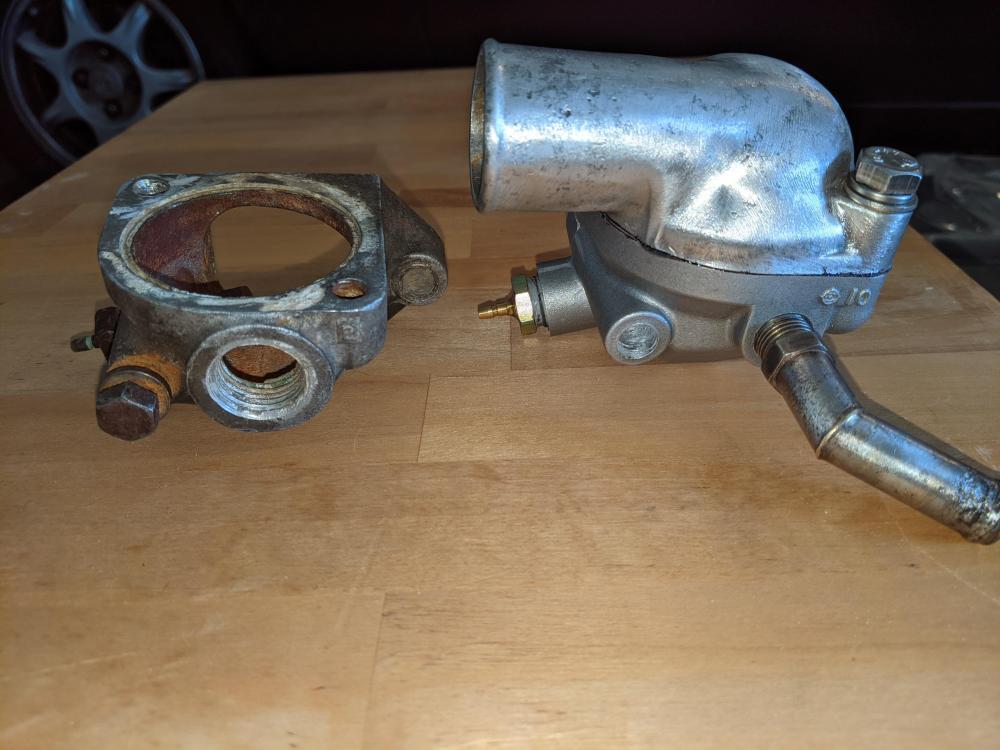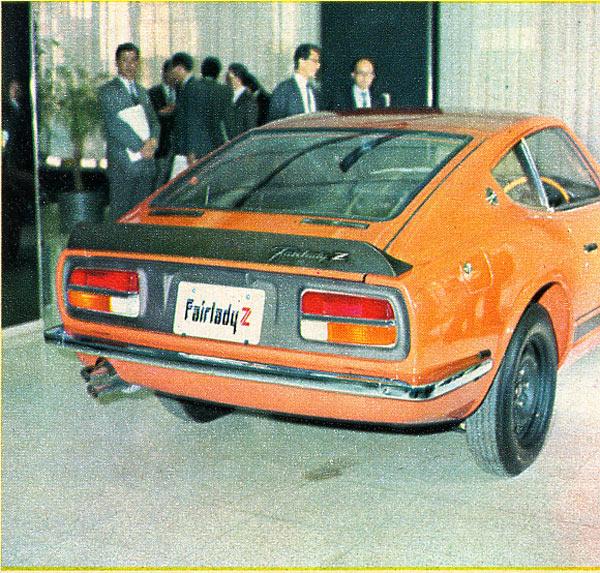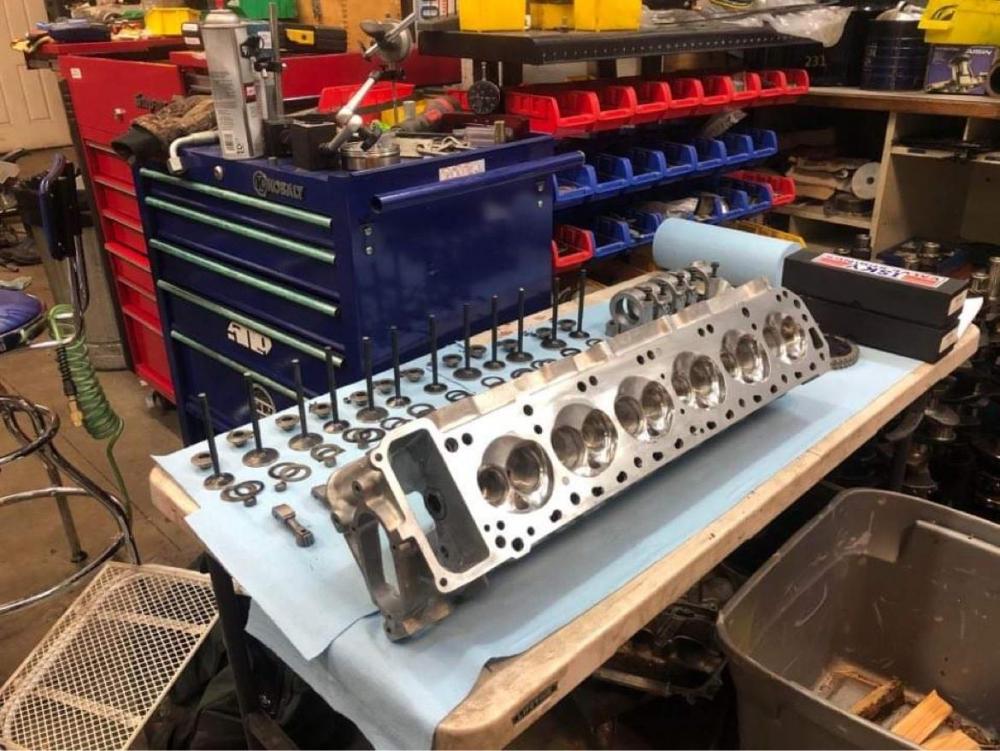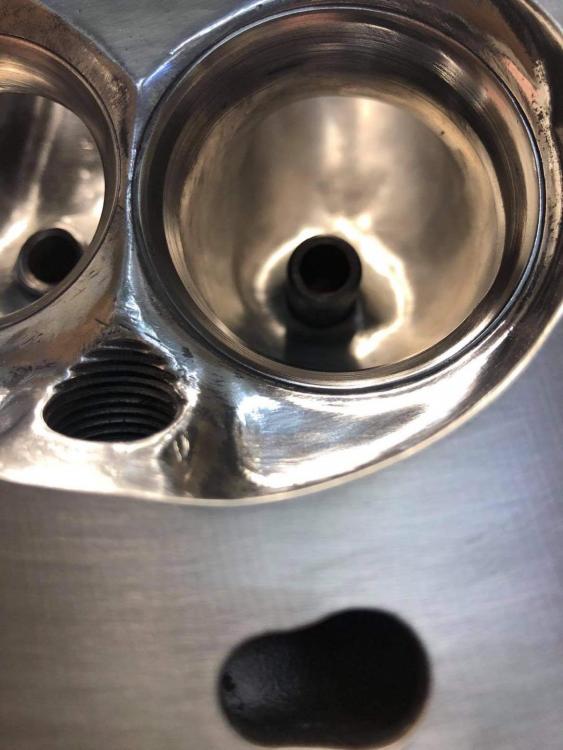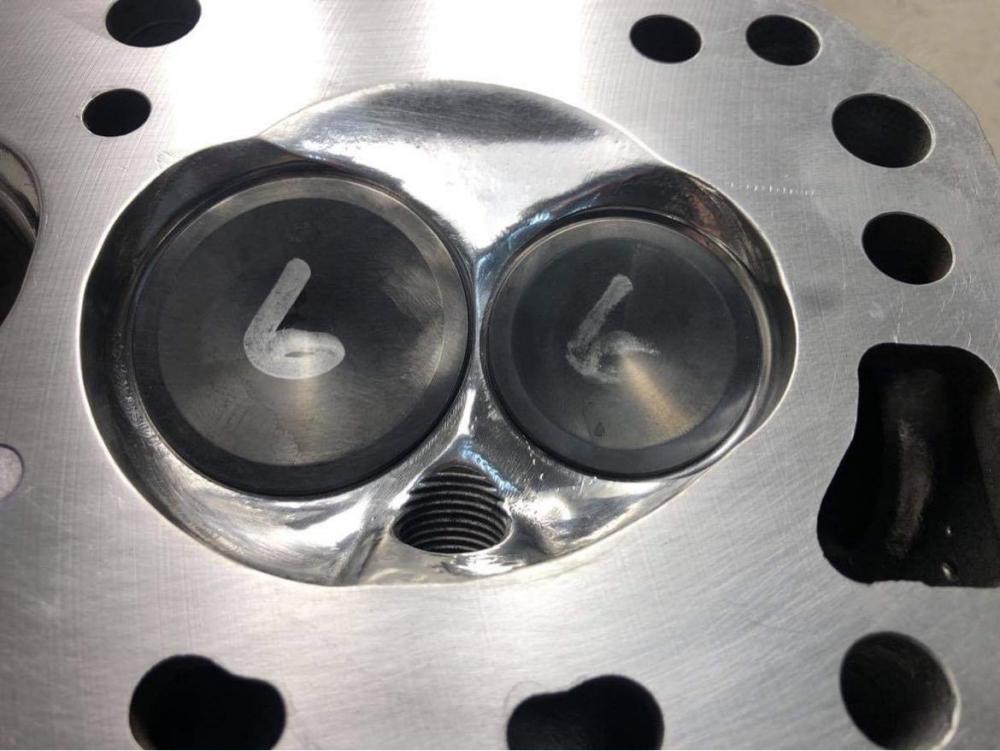Well it is more complicated that simply adding a couple of spacers and longer studs.
The extra 12 or 14 millimeters the added spacer give is only part of the whole package. As I mentioned, the entire intake and exhaust stream was included in the flow bench testing, before and after the work. Port matching, smoothing everything along the way, work done around the valve guide bosses, three angle valve seat cutting, etc.
Also note the short exhaust system after the exhaust manifold. There is a relationship between the length of the intake runners and the exhaust, including the headpipes and muffler. The rules require the exhaust exits aft of the steering wheel hub, and meets the maximum decibel limits. I used the largest primary pipes, joined at the elbow just before it exits from under the car, and the muffler is a Lowbak used in circle track racing. Looks like a glasspack, but it isn't. A 3/4" length of tubing runs down the middle, wrapped with a piece of flat stock wrapped in a spiral around it, inserted into the larger tubing, welded in, and then the ends are swedged down to create what looks like a glasspack. There is no fiberglass packing in the muffler. It works very well, and my car never even came close to the decibel limits.
So, yes, it does add some power, and it is measurable on a flowbench. The carbs have had extensive work done too, to increase and enhance airflow through them, resulting in more fuel being drawn from the float chambers.
I also cheat the cam lift some by running tighter valve lash, which gives another couple of thousandths of an inch of valve lift, and effectively more duration.
A comprehensive package that results in more power output.
Oh, and I don;t run a mechanical fuel pump. I have never been a fan of them. When the diaphragm fails, fuel gets dumped into the crankcase, diluting the engine oil, which is not a good thing.

 Subscriber
Subscriber 4Points11,142Posts
4Points11,142Posts












